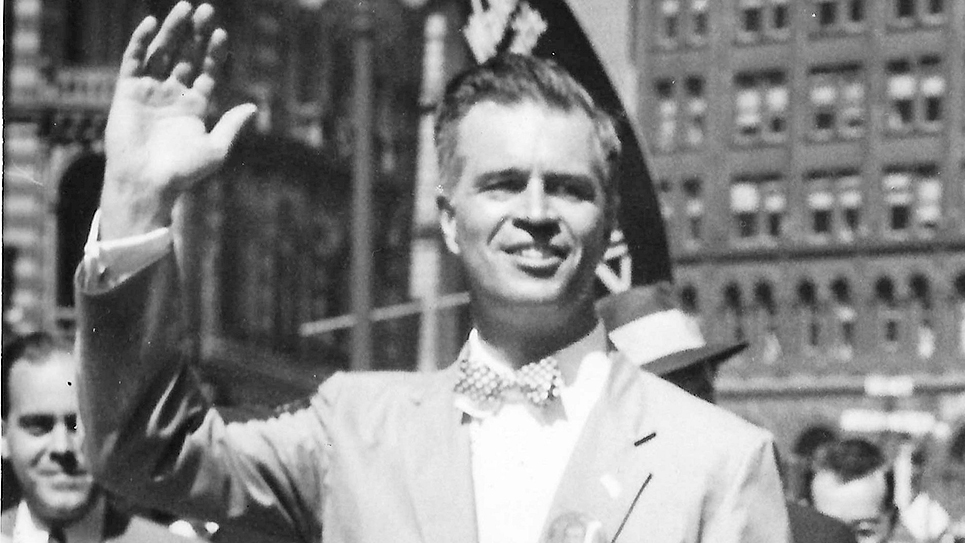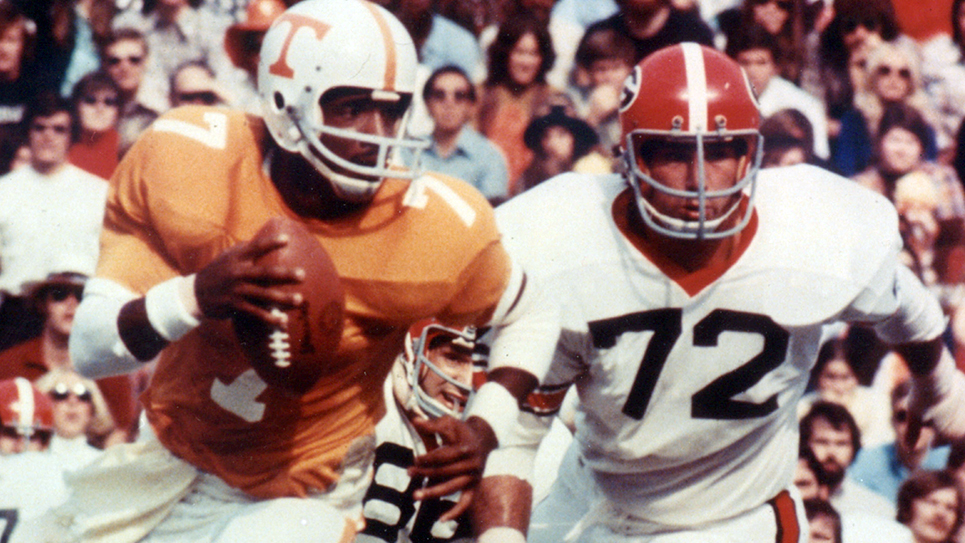How to Stop Bank Runs
By Dr. Harold A. Black
blackh@knoxfocus.com
haroldblackphd.com
Marriner Eccles, who was chairman of the Fed from 1934 to 1948, was reputed to say that the main problem with banking was that there were 13,000 banks in the U.S. and not that many bankers in the world.
Eccles was probably right then and right now. Too many bankers lack risk management skills and make decisions that heighten risk rather than reduce it. Banking is inherently a risky business. Its liabilities are mostly short-term deposits while its assets are mostly longer-term loans. Any finance professor will tell you when there is a mismatch between asset and liability maturity structures there will be risk. Moreover, bank risk is enhanced because the short-term liabilities are mostly payable on demand. This mismatch caused the implosion of the savings and loan industry and led to the bankruptcy of its insurer, the Federal Savings and Loan Insurance Corporation, which in 1989 was dissolved and absorbed by the Federal Deposit Insurance Corporation. Incidentally, I was appointed by the FDIC to be one of the four public interest members of the board that oversaw the transition of the FSLIC into the FDIC.
Instead of addressing the risks inherent in the structure of banking, Congress actually made it worse by increasing deposit insurance at the FDIC from $100,000 to $250,000. Bankers could now take even more risks since more losses would be covered by the government insurer. Therefore, the incentives of bankers to chase returns increased rather than decreased.
With the failures of Silicon Valley Bank and First Republic Bank, bad ideas are again in play. First, the regulators ended up insuring all deposits at SVB sending a signal to both bankers and the market. The market was told that “too big to fail” was still the norm. The result was a movement of deposits from smaller banks to larger ones. Bankers were implicitly told they could take more risk because the government would bail them out. There has actually been talk about raising deposit insurance limits again. Bad idea if one wishes to lessen risk. Ironically, there would be less risk taking if deposit insurance were lowered rather than raised. Another idea that the regulators are floating is to raise capital requirements at the largest banks which are now the beneficiaries of the deposit inflow. Since capital is a line of defense against losses, any loss incurred by the FDIC would be less than if capital were higher. However, the total assets of the FDIC are insufficient to pay out all the deposits of the largest U.S. banks even with the increase in capital.
Yet there are two ways to address the risk inherent in banking that likely will never be considered. The first is the idea proposed by Milton Friedman in the 1950s – that of the “narrow bank.” Here banks would only be allowed to take deposits and not make any loans. The deposits would be held as required reserves. The Fed would pay interest on the reserves and in turn, the banks would pay interest on deposits. Loans would be made by nondepositories, such as mortgage banking companies and finance companies which would borrow the money in the market in order to lend them to consumers. The nondepositories could be part of the bank’s holding company but their operations would not imperil the deposit holding bank. Hence there would be no more bank runs. The narrow bank model was proposed to the Fed in 2019, but approval was denied with the Fed claiming that narrow banks would threaten the implementation of monetary policy. The Fed was wrong and probably just wanted to preserve the number of bank executives extant.
The second idea would be to mandate private deposit insurance for amounts greater than $250,000. The insurance premium paid by the bank would give a clear signal as to the riskiness of the bank and would force less risk taking. There is already an entity called the Deposit Insurance Fund (https://www.difxs.com/DIF/Home.aspx) that offers private deposit insurance. The concept could be expanded to cover all banks so that premia are set much like automobile insurance where the riskier drivers pay higher premiums than safer drivers. Thus, if Congress or the Fed really wanted to lessen risk taking, it could mandate private deposit insurance for deposits over $250,000 and/or eliminate the motivation of bankers to chase yield by replacing traditional banks with narrow banks.






